At the tail end of rush hour on Aug. 25, more than 60 Greenfield parents and school-age children—some accompanied by family dogs—stood along Greenfield Avenue holding handmade signs that encouraged motorists to drive safely. They were taking part in Slow Down Greenfield, a street action organized by Greenfield resident and mother of three Anna Dekleva.
Ms. Dekleva told us she started Slow Down Greenfield in the wake of an Aug. 16 accident on the dangerous street that injured a 12-year-old and in support of a petition co-sponsored by the Greenfield School PTO and the Greenfield Community Organization (GCA).
Obvious, long-standing danger zones
The Keep Kids Safe with Traffic Calming on Greenfield Ave! petition asks Pittsburgh’s Department of Mobility and Infrastructure (DOMI) to restore the school safety zone around Greenfield School and Yeshiva School (formerly St. Rosalia’s). It also calls on DOMI to add traffic-calming and pedestrian safety features on Greenfield Avenue at its intersections with Ronald and McCaslin streets, as well as the stretch between Kaercher and Irvine/Saline streets.
Concerns escalated after 12-year-old Cameron Grimes was struck and injured near the McCaslin intersection named in the petition. Children and seniors frequently cross there to access Magee Playground and Magee Rec Center. And residents south of the Kaercher intersection have witnessed numerous wrecks, totaled parked cars, sideswipes, and countless near misses over the years. More than 560 people have signed the petition so far.
We have needed traffic calming and ways for students to safely walk to and from school, and to and from the rec center, for years. Now a child has been hit. What will it take? I recently stood with my child at a STOP SIGN for three cycles before cars actually let us cross Greenfield at McCaslin. Cars never slow down at Greenfield and Kaercher, even though there is a cross walk. Motorists are not safe in this space and we need engineering to make them be safe.
—Petition comment
Greenfielders speak out
Catherine Adams, who serves as co-chair of the GCA’s Planning, Transportation, and Development Committee and co-wrote the petition, attended the action and lauded Ms. Dekleva’s quick organizing.
“This type of event is an easy way to build and strengthen the community,” she told us in an Aug. 27 email. She noted that along with driver awareness, “we also need infrastructure that prevents vehicles from traveling at high speeds in areas with a lot of pedestrians, many of them kids. A speed limit sign doesn’t prevent a vehicle from traveling too fast, but infrastructure changes can.”
“A lot of the drivers who passed us slowed down, gave us thumbs up and waved,” observed Daniel Tkacik, who participated with his 18-month-old son Felix and family dog Louie. “Greenfield is a neighborhood full of families with children… We need street design that discourages fast, dangerous driving.”
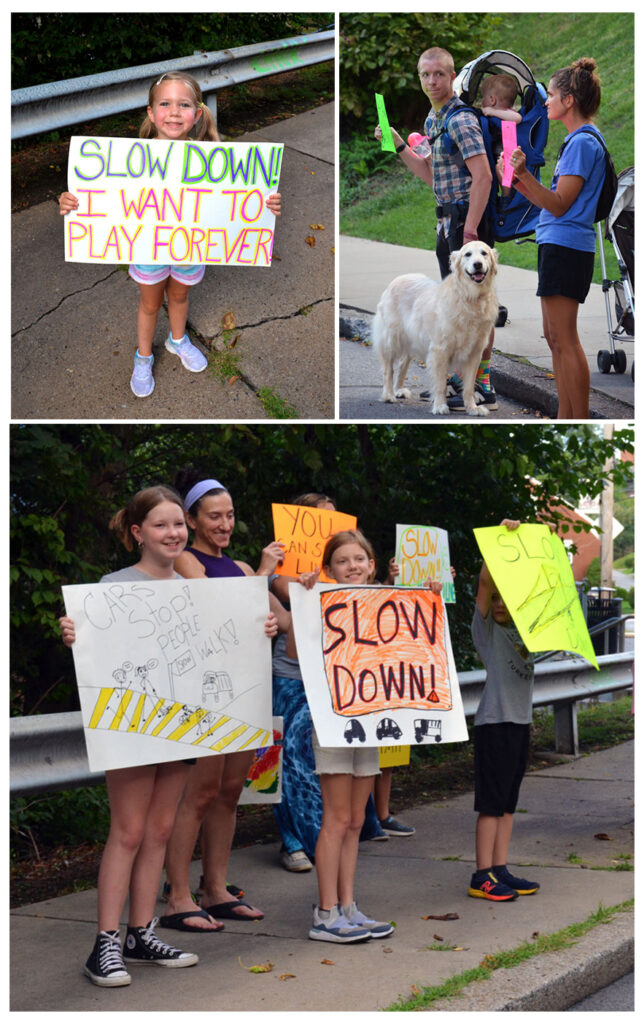
District 5 Councilperson Barb Warwick commented after attending the action, “I’m really proud of my Greenfield neighbors who came out to advocate for safer streets for our kids. As residents, we need to start prioritizing safety over convenience and traffic flow. Our local communities know the danger zones, so that’s where we should start.”
Traffic safety improvements were a major plank of Councilor Warwick’s successful campaign to replace Corey O’Connor in last year’s special election.
Obvious, long-standing neglect
Over several years, Greenfield residents have lobbied city government for better traffic safety in the neighborhood, but their pleas have been ignored. Since DOMI’s 2017 inception, residents have repeatedly asked when DOMI will meet with them to collaborate on traffic safety measures and when those measures would be implemented. DOMI’s responses have ranged from non-committal to non-existent.
DOMI project manager Zachary Workman acknowledged at a July 14, 2022, public meeting about the planned replacement of the Swinburne bridge that “DOMI is aware of dangerous traffic conditions along Greenfield Avenue that led to repeated requests for traffic-calming measures.”
“It’s definitely something that’s on DOMI’s radar for improvements in the future,” he said, “but they are going to be—it’s something that we’ll—it’s in the long-range plan as resources become available.”

The Swinburne Bridge project was originally slated for completion in 2026. But after an inspection revealed that Anderson Bridge in Schenley Park needed repairs right away, DOMI had to delay the Swinburne project so that both bridges would not be closed at the same time.
Aside from the usual traffic, traffic has tremendously increased due to the Anderson Bridge closing and its plan to not open until 2025, traffic is more congested, drivers more anxious to get home, and increase for drivers to not obey traffic regulations.
—Petition comment
The wrecks keep coming
On the afternoon of Aug. 30, as this report was being finalized, another accident occurred on Greenfield Ave. A driver traveling east on the 800 block swerved and hit a legally parked truck, then flipped over. Fortunately, the couple and their young child who were in the car sustained no injuries.
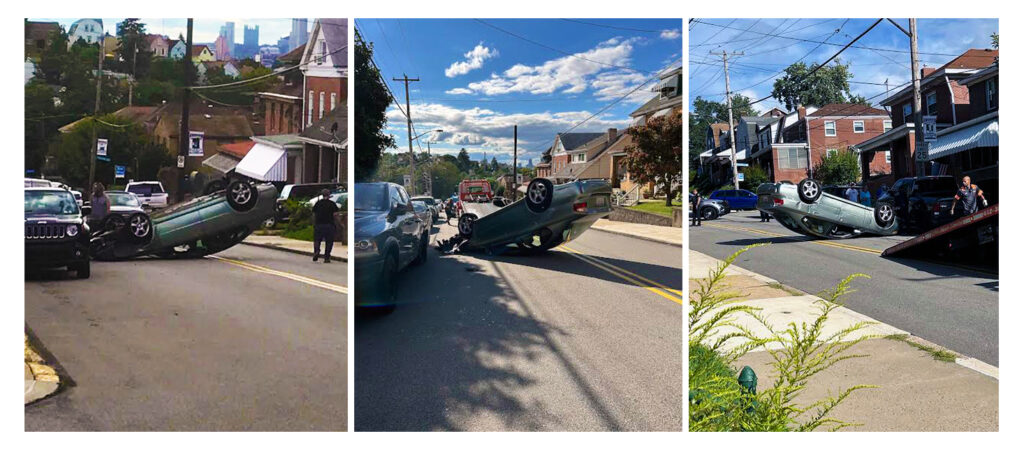
“Action is needed now”
DOMI’s intention to leave Greenfield Avenue as-is until reconstruction of Swinburne Bridge is finished prolongs conditions that put residents of all ages at risk. Cameron Grimes’ injuries have exacerbated Greenfielders’ frustration at DOMI’s neglect of basic safety improvements—especially as they see millions of tax dollars being spent on the very same solutions in more affluent surrounding communities.
“I understand there are needs throughout the entire city,” said Ms. Adams, “but it’s hard to be patient when pedestrians are getting hit by cars in your neighborhood.”
Asked what she would say to Mayor Gainey, Ms. Dekleva responded in an Aug. 27 email, “I would say this is an easy fix request being asked here; get a traffic engineering team activated and install traffic calming measures today, before another person is hit or killed. We don’t need a magic wand or any further extended theoretical deliberation…Action is needed now or more residents will be maimed or die from a problem the city can address today.”
Councilor Warwick told us, “Traffic calming doesn’t have to be complicated, and as a city, we need to be implementing simple, common-sense fixes while we work on larger-scale projects.”
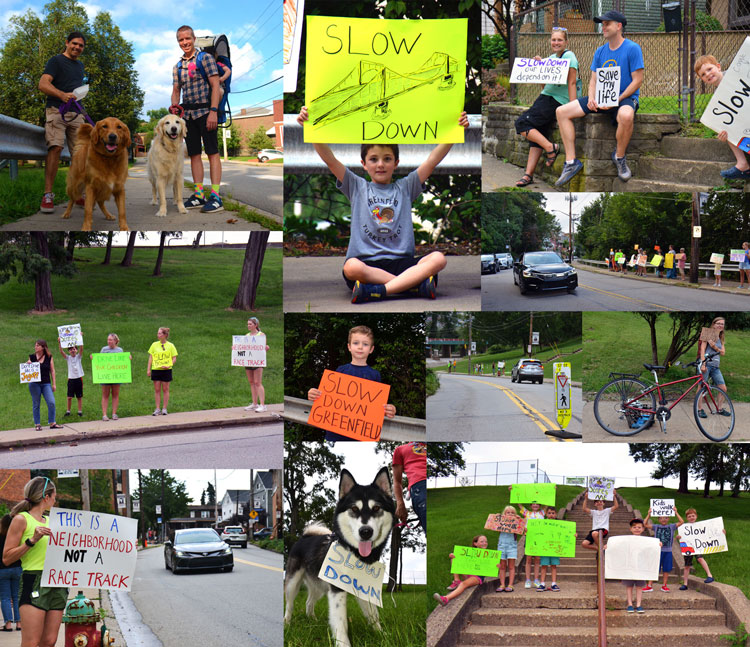
Slow Down Greenfield rides again (soon)
Ms. Dekleva said she valued being part of this action with her neighbors and plans to schedule another one—possibly the weekend after Labor Day.
She told us during an Aug. 21 phone call, “I think that the tremendous history of working-class solidarity is alive and well in Greenfield—something we all love about Greenfield. This is not something people will let go, and we will be heard for sure.”
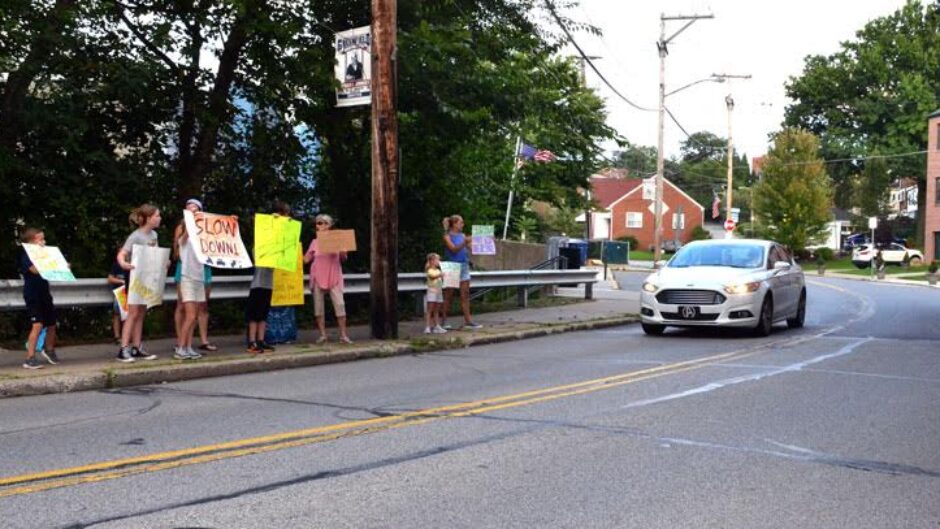
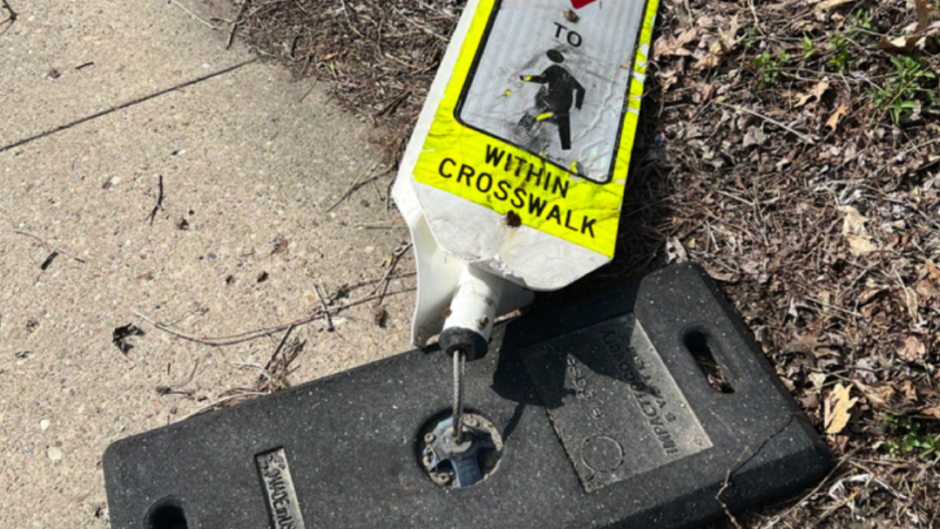

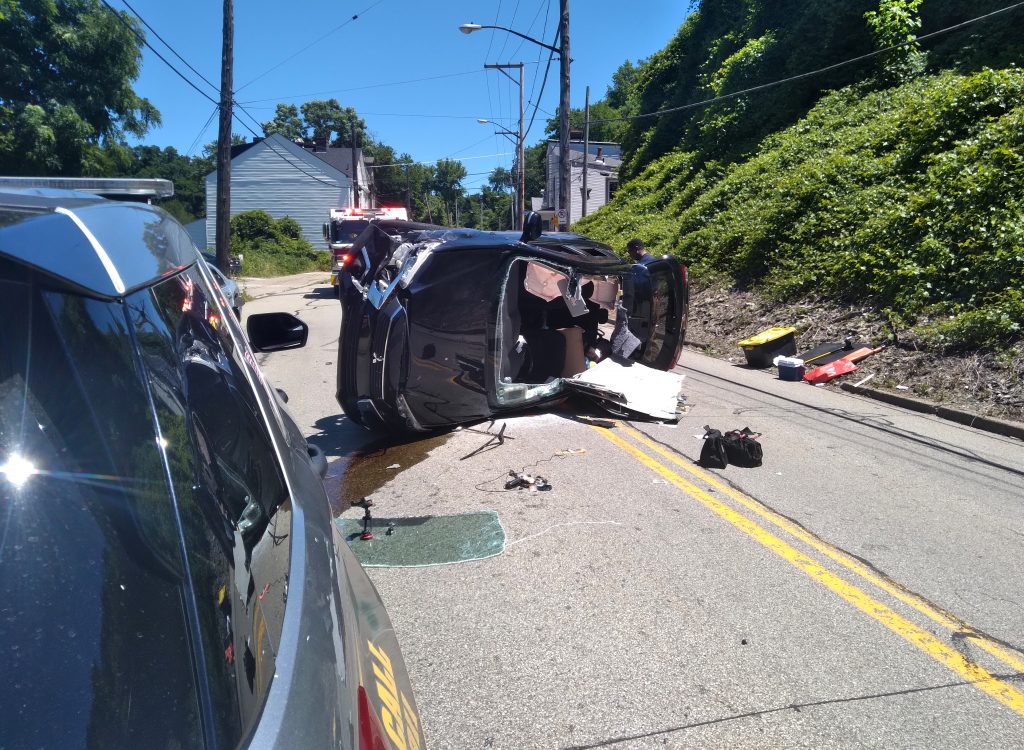
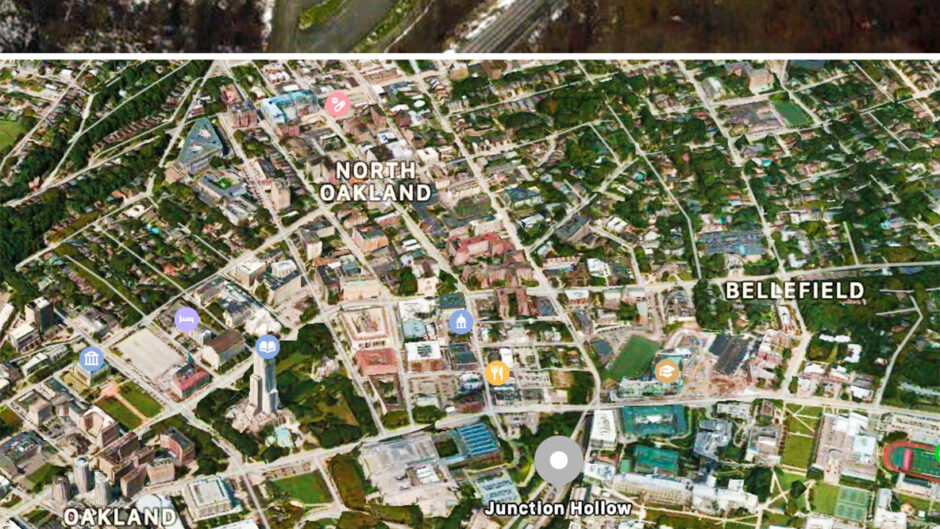
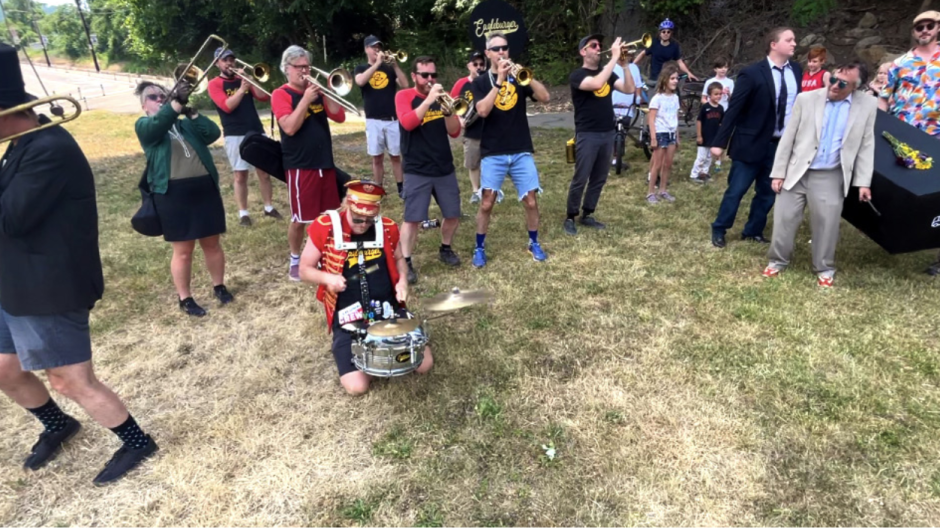

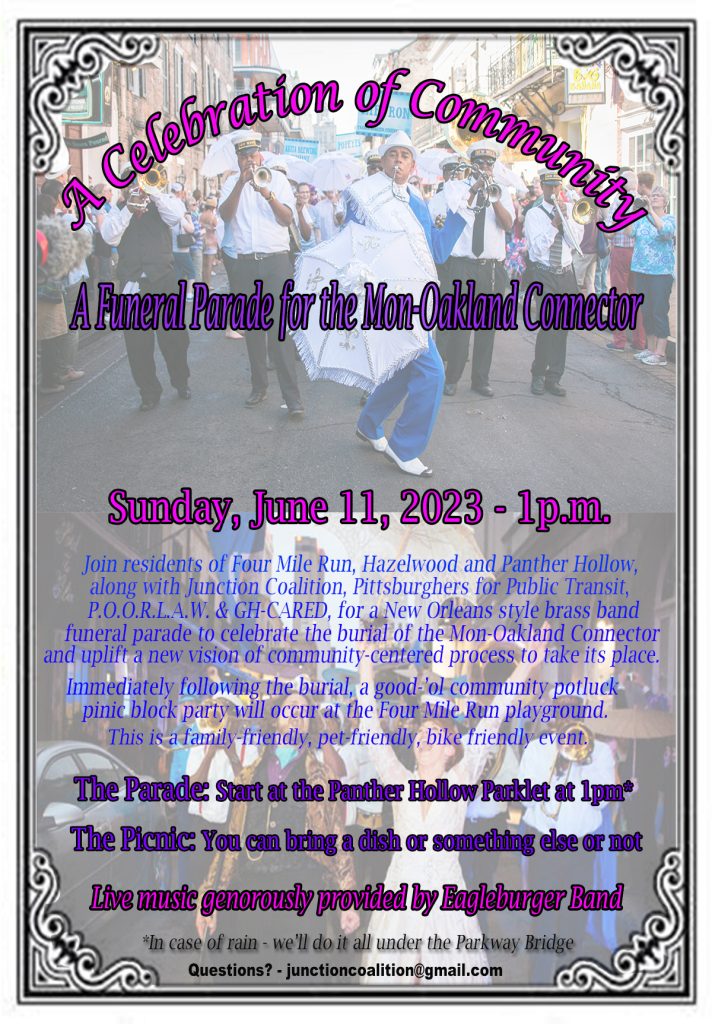

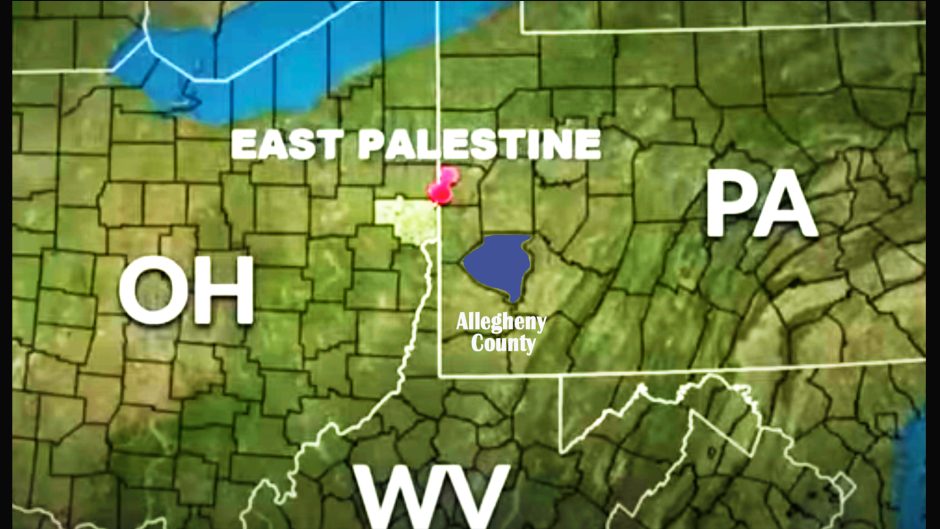
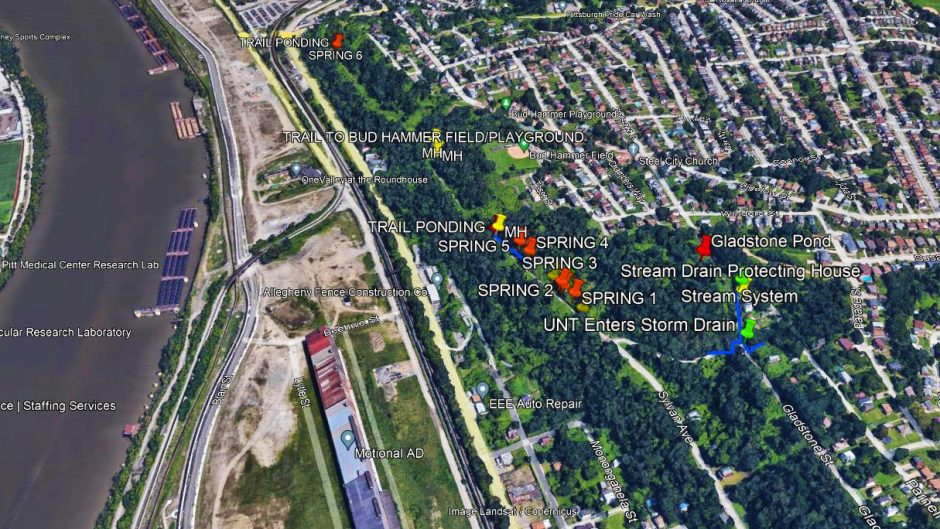
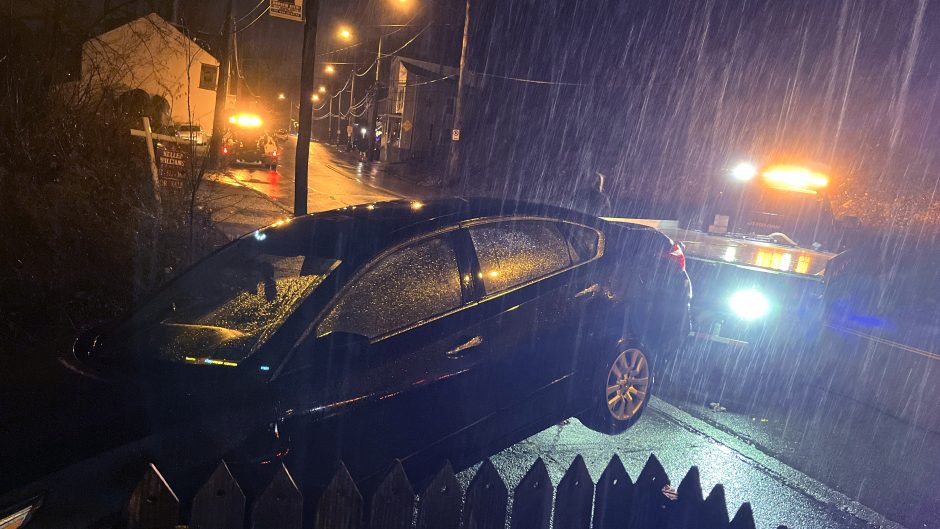
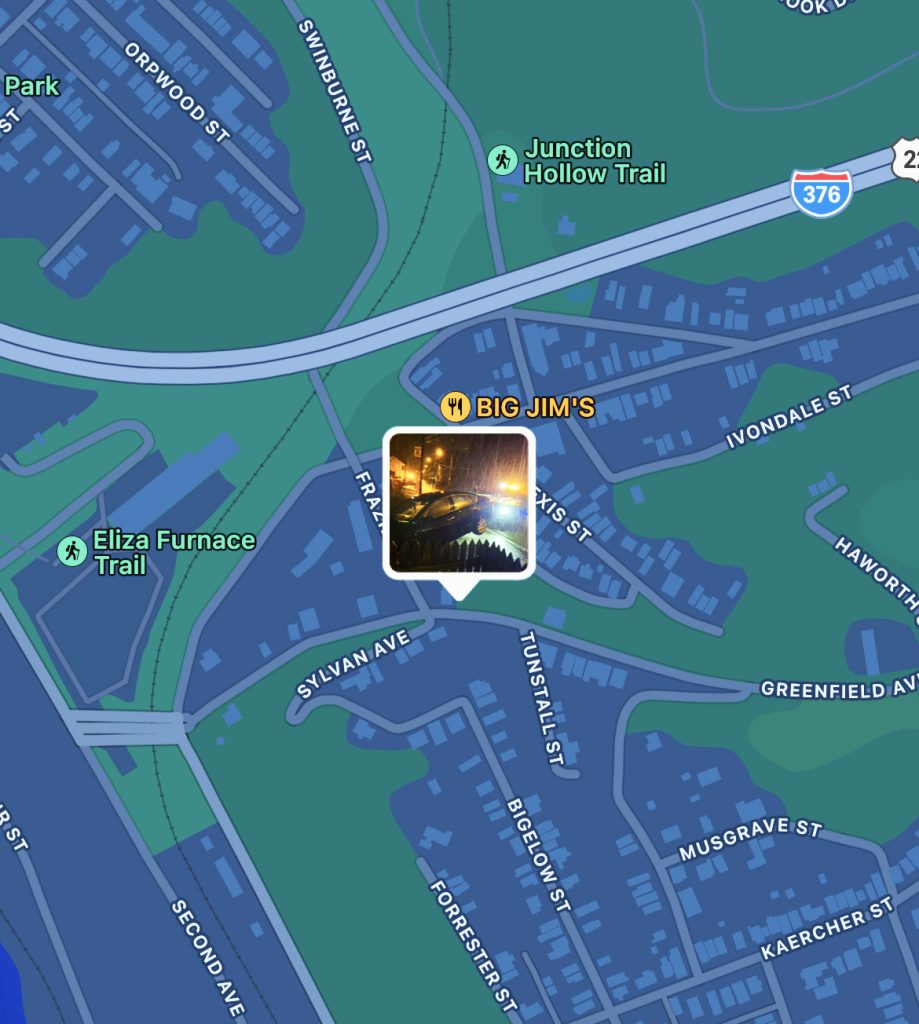
Recent Comments